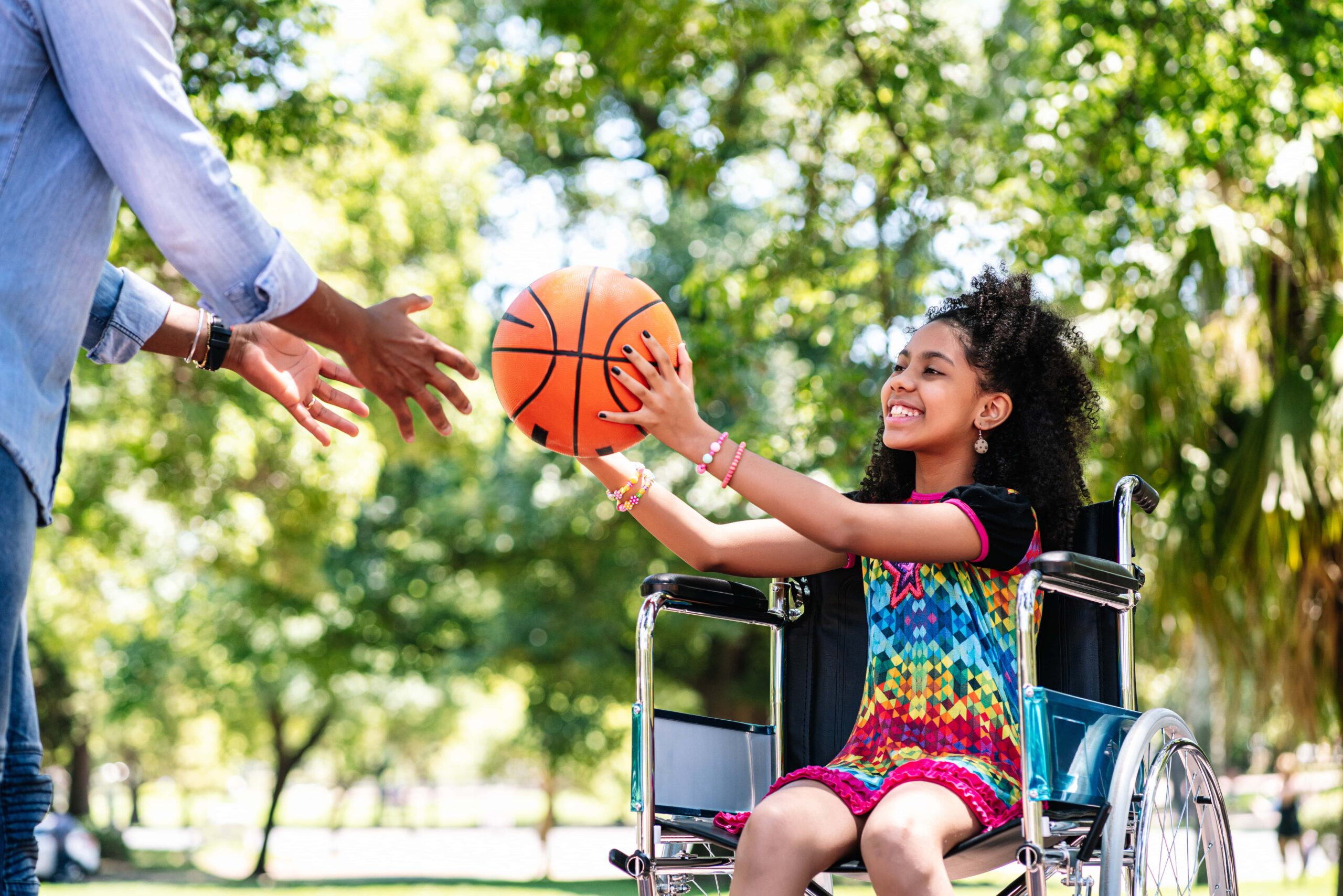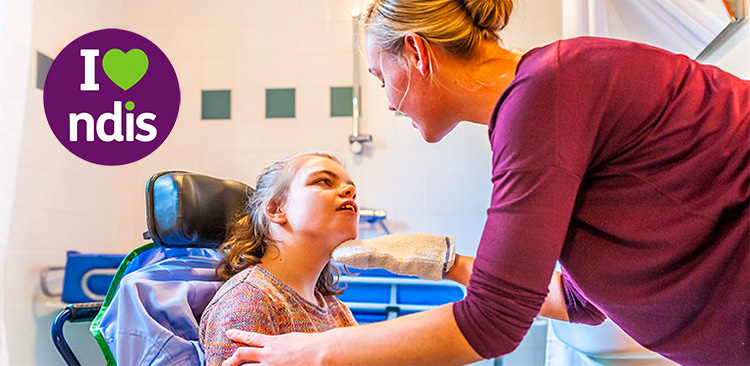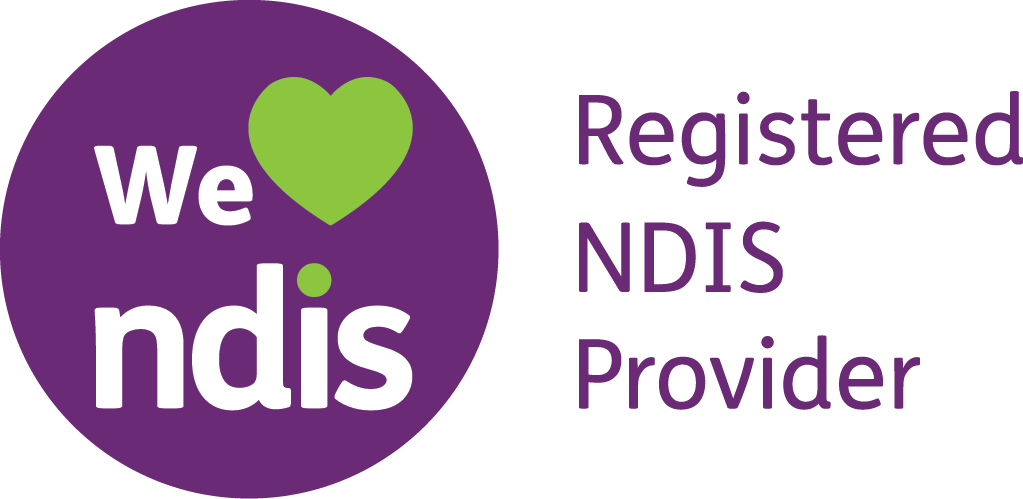Physical disability can have a significant impact on a person’s daily life. It can affect their mobility, independence, and ability to perform everyday tasks. In this blog, we will explore some tips and strategies for supporting people with physical disabilities.
- Respect their independence: It’s essential to respect the independence of people with physical disabilities. Allow them to do as much as possible for themselves, but offer assistance when needed. Encourage them to take part in activities they enjoy, and help them find adaptive ways to participate.
- Modify the environment: Modifying the environment can make it easier for people with physical disabilities to navigate and perform daily activities. This can include installing grab bars, ramps, and stairlifts, or rearranging furniture to allow for more space.
- Offer emotional support: Physical disabilities can be isolating, and people with disabilities may struggle with feelings of loneliness, depression, or anxiety. Offering emotional support, whether through listening, encouraging participation in social activities, or providing access to counseling services, can help to promote overall well-being.
- Provide physical assistance: Depending on the severity of the disability, people may require physical assistance with daily activities such as bathing, dressing, and grooming. As a caregiver, you may need to provide physical support or arrange for professional care.
- Advocate for their needs: People with physical disabilities may require special accommodations to participate fully in school, work, or community activities. As a caregiver, it’s important to advocate for their needs by working with healthcare providers, educators, and employers to ensure that they receive the support they require.
- Encourage physical activity: Physical activity can improve overall health and well-being, even for people with disabilities. Encourage participation in activities that are safe and appropriate for their abilities, such as swimming, wheelchair sports, or adaptive yoga.
- Seek out resources: There are many resources available for people with physical disabilities and their caregivers. These can include support groups, assistive technology, and adaptive equipment. Seek out these resources to help support the person’s physical and emotional needs.
In conclusion, supporting people with physical disabilities requires patience, understanding, and a willingness to provide both emotional and physical support. By offering independence, environmental modification, emotional support, physical assistance, advocacy, encouragement, and resources, you can help to improve the quality of life for people with physical disabilities and their families.







